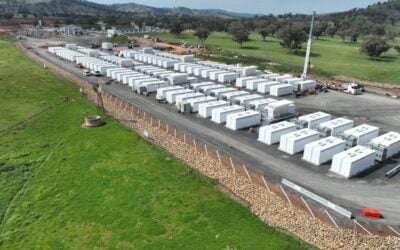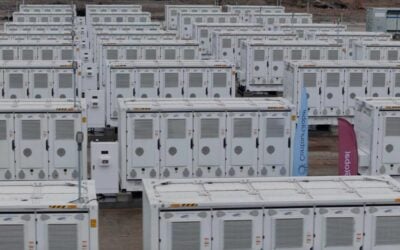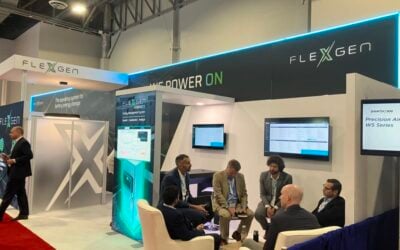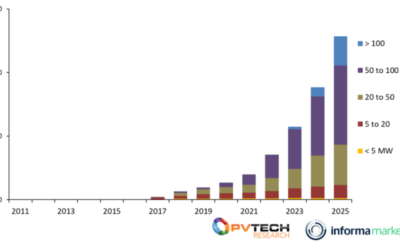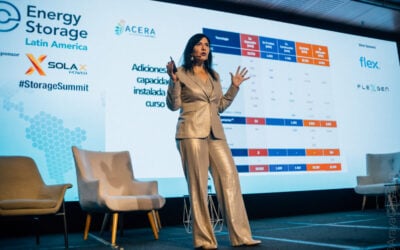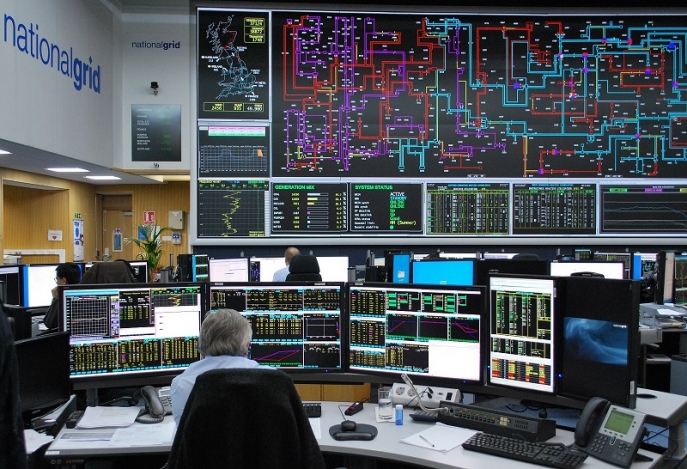
The electricity system operator (ESO) arm of National Grid in the UK has outlined four different pathways for the future of energy in the country in its Future Energy Scenarios (FES) 2021 document, detailing the transformation of the energy mix and flexibility, the residential sector and the transport sector.
Three of these scenarios in the tenth annual report see the country reach net zero by 2050, while the slowest of the four Steady Progression sees a 73% reduction in emissions by the middle of the century.
Leading the Way, the most ambitious, sees a combination of high consumer engagement, technology and investment enable the nation to reach net zero by 2047, before going on to reduce emissions by 103% by 2050.
While Consumer Transformation and System Transformation see different drivers enable Britain to hit its legally binding decarbonisation target.
Try Premium for just $1
- Full premium access for the first month at only $1
- Converts to an annual rate after 30 days unless cancelled
- Cancel anytime during the trial period
Premium Benefits
- Expert industry analysis and interviews
- Digital access to PV Tech Power journal
- Exclusive event discounts
Or get the full Premium subscription right away
Or continue reading this article for free
Among key messages to emerge from the report were that holistic energy market reform will be needed to drive flexibility, with as much as 13GW of electricity storage needed by 2030 to enable huge growth in renewables.
National Grid ESO also said that significant investment is needed in whole system infrastructure, enabling up to 47GW of offshore wind to be connected by 2030 and 17GW of interconnector capacity. Additionally, by 2035 at least 35TWh of hydrogen storage is needed across all net zero scenarios and a wide ranging rollout of electric vehicle charging infrastructure and heat pumps.
Across all the ESO’s net zero scenarios, emissions from power sector are net negative by 2034. The sector relies on a mix of renewable energy generation, bioenergy with carbon capture usage and storage (BECCS), interconnectors and some nuclear.
In the FES’s most ambitious scenario, Leading the Way, there is close to zero unabated natural gas generation from 2035 and no growth in new nuclear. Renewables grow aggressively to meet demand in their place.
By 2050, electricity generation capacity hits 248GW with an additional 71GW of storage and interconnection. Generation output is well over twice of today at 701TWh, the FES21 found, of which 96% is made of wind, solar, nuclear and BECCS.
This is supported by high levels of interconnection, storage and some flexible hydrogen generation to meet peak demands.
By 2030, between 34GW and 77GW of new wind and solar generation could be needed to meet demand across the scenarios.
To read the full version of this story visit our sister site, Current±.

